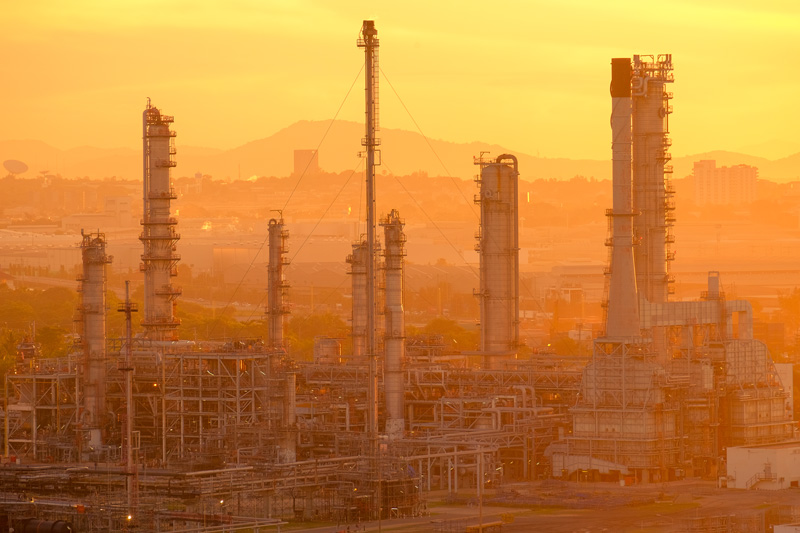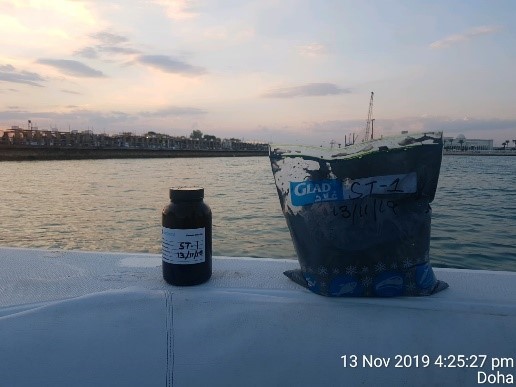Environment regulations of Qatar require companies to carry out Environmental Impact Assessments (EIA) for projects with potential impact on the environment. On the other hand, master plans, policies and programs require the execution of Strategic Environmental Assessment (SEA).
PES through its team of experts and associates has conducted EIAs for various projects and has expertise with SEAs through its involvement in the first of its kind SEA project in Qatar which was in the Qatar Economic Zone Project.
Our EIA expertise covers the following areas:
Air measurements are taken to establish the baseline for ambient air quality within project site and vicinity. Quality measurements include NO2, SO2, PM10, CO, and ozone. Measurements are compared against ambient air quality standards set by the Executive Regulations for the Law of Environmental Protection of the State of Qatar, Decree No. 30 of 2002 which specify limits over hourly and annual basis.


Terrestrial surveys are carried out within project site and adjacent areas likely impacted by project activities. The survey involves identification of different types of habitats found within the study area, habitat mapping, and identification of endangered terrestrial animal or plant species. Standard survey methodologies are adopted, satellite imagery, published literature, and field visits are used to carry out the study. The baseline terrestrial ecology survey is established and potential impacts of project activities on terrestrial ecology is assessed during construction, operation, and decommissioning project phases.

Marine ecology baseline is established by carrying out underwater video documentation to identify benthic habitats, sampling seabed sediment samples for identification of benthic flora and fauna, seawater quality monitoring onsite and chemical analysis offsite, and taxonomic identification of zooplankton. Seawater and sediment samples are analyzed for physio-chemical parameters in addition to heavy metals, BOD, COD, oil and grease, PAH, PCB’s, etc. The results are compared against existing baseline information.
To establish the baseline for soil quality, soils are sampled and analyzed at the laboratory to determine their content of heavy metals, polyaromatic hydrocarbons (PAH), poly chlorinated biphenyls (PCBs), oil and grease, salinity, and typical soil characteristics. To establish the baseline for groundwater quality, characteristics including depth to groundwater, water flow and recharge, water quality (salinity), and geological strata are assessed. To meet the objective, boreholes at defined locations within the project site are excavated and groundwater is sampled for subsequent analysis at the laboratory.
 Noise measurements are taken at the project site during day and night time to establish the prevalent noise environment at project site. These levels are compared against Qatari Standards specified by the Executive Regulations for the Law of Environmental Protection of the State of Qatar, Decree No. 30 of 2002. Allowable noise limits as per regulation are set for residential, commercial, and industrial areas both during daylight and night time.
Noise measurements are taken at the project site during day and night time to establish the prevalent noise environment at project site. These levels are compared against Qatari Standards specified by the Executive Regulations for the Law of Environmental Protection of the State of Qatar, Decree No. 30 of 2002. Allowable noise limits as per regulation are set for residential, commercial, and industrial areas both during daylight and night time.
The impact of project activities is also considered within the socio-economic context. It is important that project activities during construction and operation phases have a minimum impact on the surrounding land users. Activities are assessed in terms of employment, heritage, traditional land use, and sites of archaeological importance that might be impacted by project activities.
Through this approach, risks associated with hazardous activities in a plant or at the workplace are identified and quantitatively estimated.